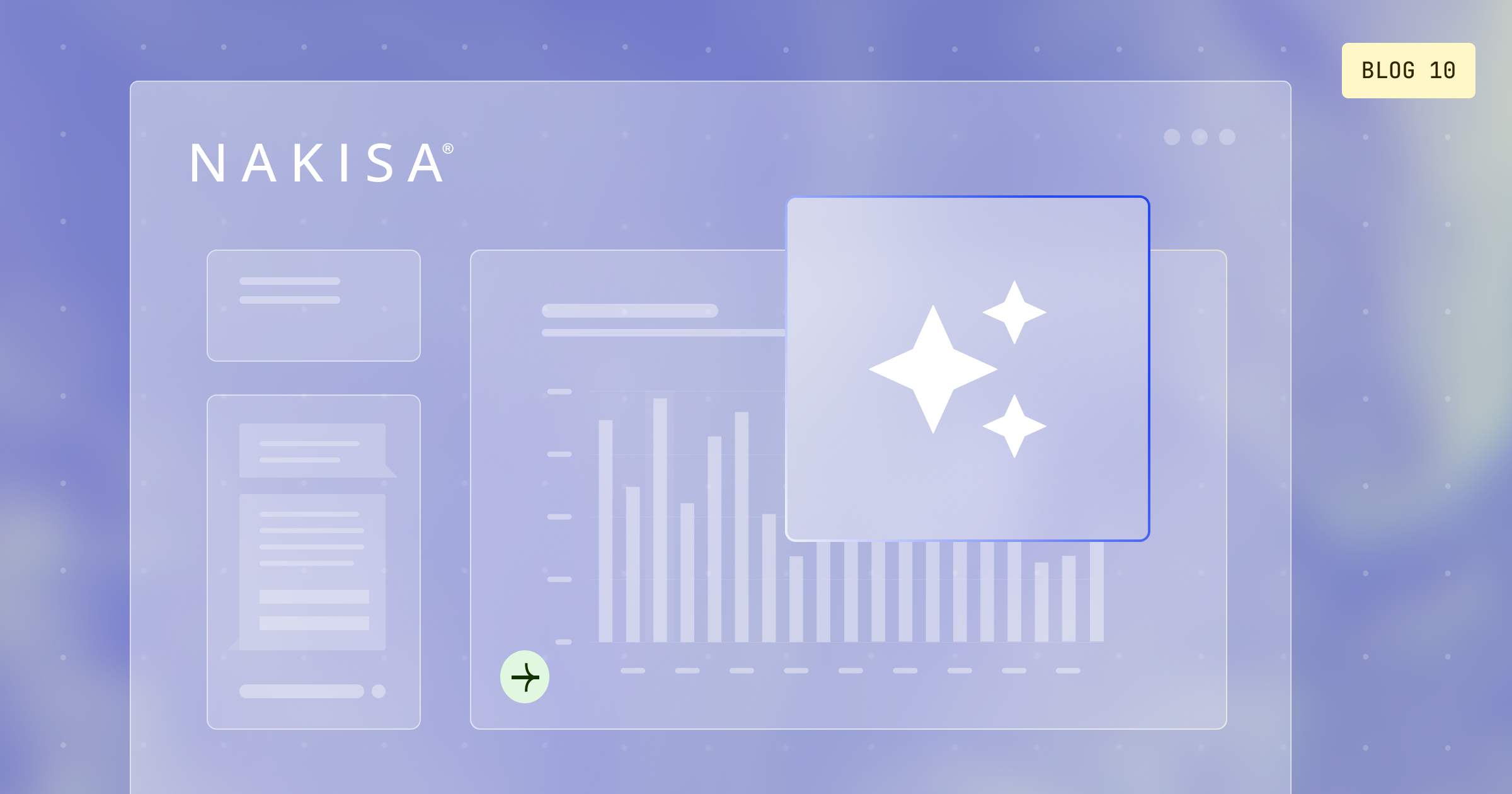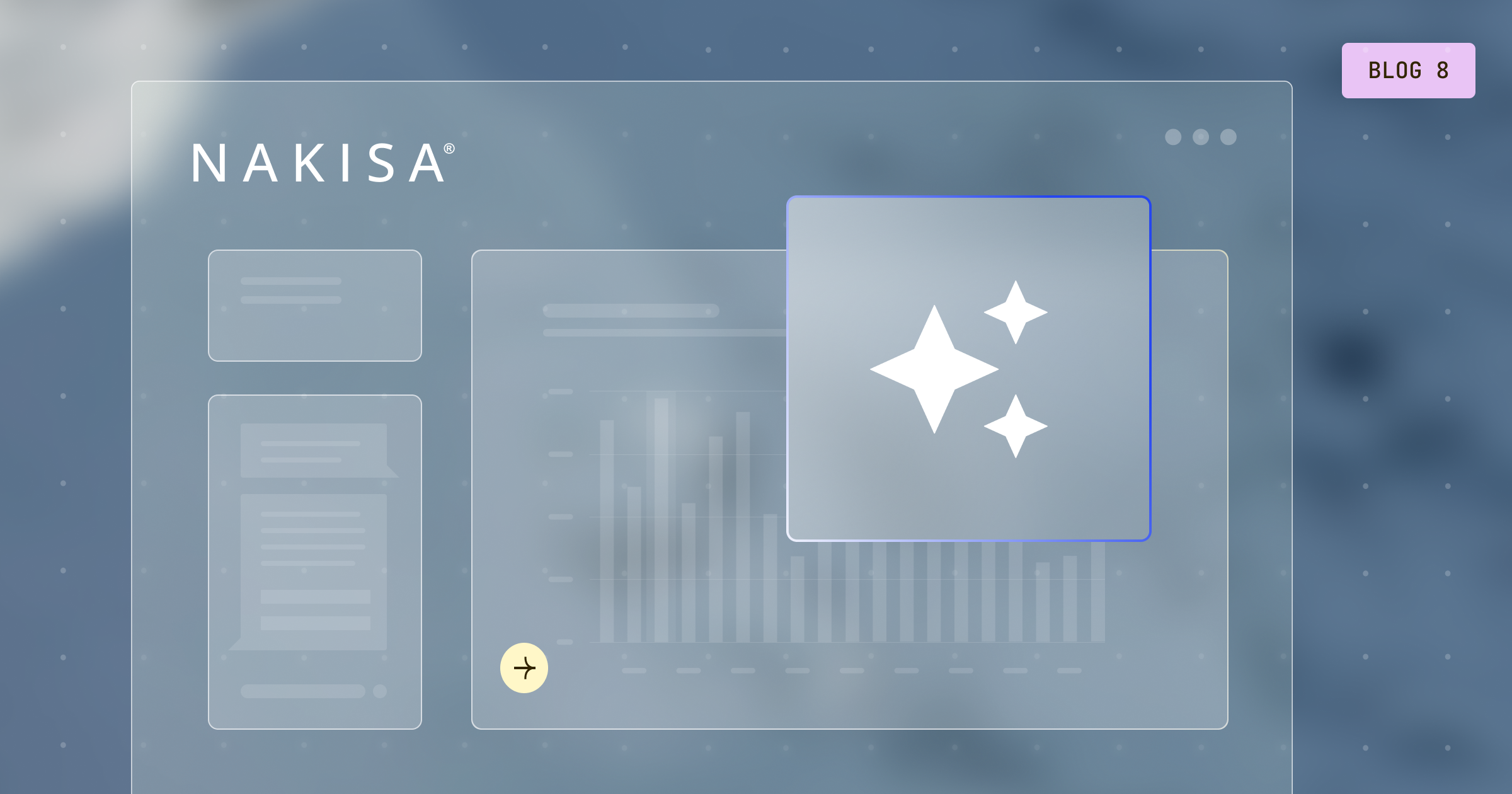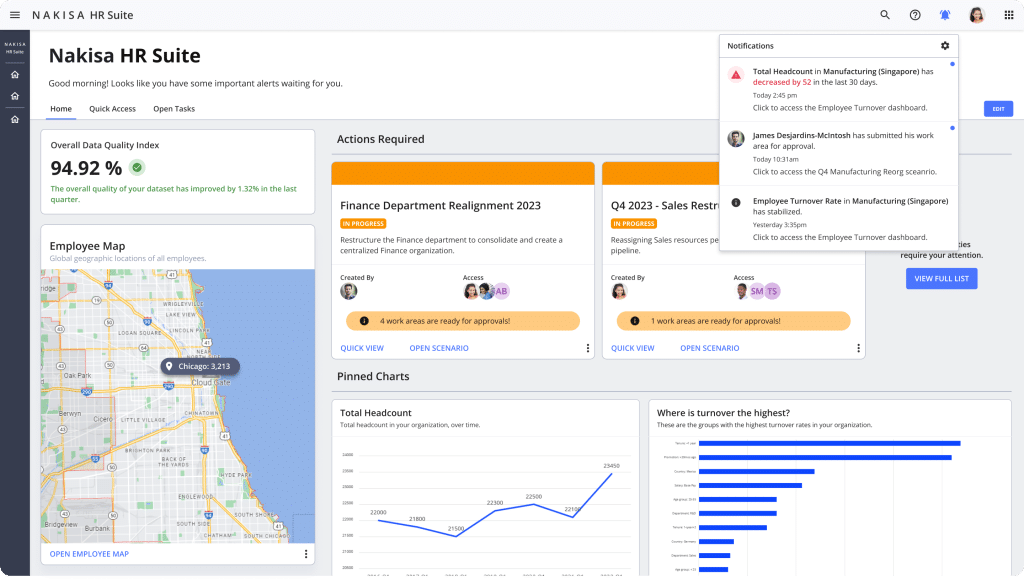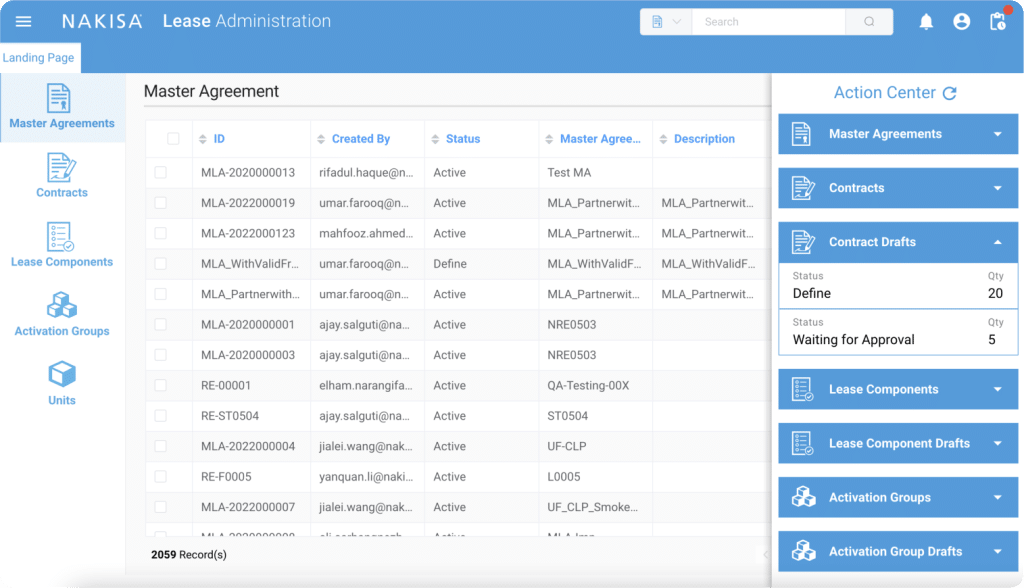Welcome to the first in our new series of articles about organizational design trends. We’ve been collaborating with veteran org design experts to bring you a continuing deep dive into developing key trends, including the way companies approach organizational design as well as the advances in technology that have enabled or even driven these changes. In this installment, we welcome London-based Ben Bielski, a senior organizational design professional as a guest contributor. And with that, let’s get started!
The evolution of organizational design
Companies traditionally relied on external consultants to implement major organizational restructuring during significant market changes or internal challenges. This reactive approach, typically undertaken every few years, was disruptive and costly, even if legitimately necessary. The reason for this reactivity probably stems from the (in our opinion) erroneous assumption that organizations viewed themselves as static entities.
This perception drives the project-based approach to organizational design, where organizations enter a state of “change” after prolonged periods of being static. As an accepted norm, this approach is costly. Completing such organizational design projects often takes months or even years, causing significant disruption. During such time, employees and leaders are left trying to focus on their jobs, while the uncertainty around job security may prompt top performers to seek employment opportunities elsewhere.
Consequently, organizations would benefit from viewing change as the norm. To remain competitive in an ever-changing landscape, organizations must also continuously evolve. A well-known example of a company that came to this realization and acted on it is Dell. Following a large organizational design project in 2013, Dell maintained a list of business design improvements within its leadership team. As one improvement was implemented, it was crossed off the list and a new initiative was identified to take its place.
In this way, Dell adopted an evergreen approach to organizational design, recognizing the value of proactive business improvement and empowering its staff to deliver changes as part of their everyday activities. This approach was certainly a contributing factor in Dell achieving a ten-fold growth in market value between 2014 and 2023.
This leads us to our main topic and one of the major trends in organizational design today: The growing adoption of in-house organizational design teams. This shift represents a movement towards organizations becoming more proactive, undertaking ongoing efforts to effectively manage their organizational structure without causing undue disruptions. These teams continuously monitor and fine-tune their company's structure, enabling agile, timely adjustments that help prevent the need for large-scale reorganizations.
In essence, having such teams is a classic case of an ounce of prevention being worth much, much more than a pound of cure (but that’s a topic unto itself; we’ll talk more about ROI in a later blog).
What are the benefits of an in-house org design team?
Here are the advantages of having in-house organizational design teams compared to hiring external consultants:
Continuous monitoring and adjustment
In-house teams: These teams can easily and continuously monitor key organizational metrics because, after all, they’re in-house – and often integrated within HR, bypassing the usual confidentiality barriers. They avoid bureaucratic layers that might delay evaluations of spans of control, organizational layers, and job level compression. Moreover, they address issues before non-HR specialists in the C-suite or among managers even notice them.
By maintaining ongoing oversight, in-house teams can detect structural inefficiencies or misalignments early, preventing disastrous escalations and maintaining organizational health.
Furthermore, as a 2022 McKinsey survey highlights, two-thirds of company transformations fail, with 20% of failures stemming from post-transformation issues. In-house org design teams can help sustain these changes by monitoring key metrics and collaborating across departments to support change management efforts effectively.
External consultants: Consultants typically engage in short-term projects, limiting their ability to provide continuous, real-time monitoring or adjustments.
Proactive incrementalism vs reactive shock
In-house teams: By having a constant pulse on an organization’s structure, in-house teams make timely and incremental adjustments as needed. We can probably all agree that incrementalism is far less disruptive than sweeping wholesale changes. Moreover, this is proactive.
Structural issues rarely build to the point of requiring large-scale restructuring when in-house org design teams continuously analyze the organization’s structure and its impact on business activities and results. In this way, in-house org design teams foster organizational efficiency with minimal disruptions to day-to-day operations. Even during significant strategic reorganizations, in-house teams are better positioned to support transitions effectively, minimizing the operational impact of such changes.
By optimizing the organizational framework over time, these teams drive gradual improvements while enabling smooth transitions during larger transformations. They ensure the company remains agile and resilient, avoiding the urgency of reactive “crisis mode” interventions.
External consultants: These experts are often brought in when issues have already reached critical levels, leading to potentially disruptive and reactive changes. Everything that they do represents corrective, tactical measures rather than considered, strategic actions.
Deep organizational knowledge
In-house teams: No matter how experienced or skilled external consultants may be, they will never have the intimate understanding of a company's culture, processes, and strategic objectives. This insider knowledge is a critical asset in designing structural changes aligned with the organization’s mission, values, and goals.
External consultants: Outsiders will lack the same depth of internal knowledge, which can lead to solutions that are less tailored or require additional time to understand the organization. If the proper checks and balances aren’t in place, consultants could easily make proposals that are at odds with the organization’s ultimate mission and vision.
Agility and responsiveness
In-house teams: They will offer greater flexibility and speed in responding to organizational needs. They can address challenges as they arise without waiting for external resources to be deployed.
External consultants: No matter how experienced or skilled external consultants may be, they will never have the intimate understanding of a company's culture, processes, and strategic objectives that in-house org design teams have.
Cost-effectiveness
In-house teams: Allow us to be blunt - the upfront investment in establishing an in-house org design team may seem significant, but focusing solely on this cost misses the bigger picture. Over time, in-house teams deliver substantial cost savings compared to hiring external consultants—and even more so compared to the disruptions caused by large-scale restructuring.
Organizations with org design centers of excellence (COEs) often have tens of thousands of employees, while their in-house org design teams might consist of a handful of experts. In such cases, even a 1-2% optimization of the organizational structure represents a significant return on investment. And in times of sudden change or significant events or difficult pivots, that return on investment can increase dramatically.
Finally, in-house experts contribute to long-term value by supporting the overall HR function through training and upskilling initiatives. They can deliver targeted guidance to HR business partners (HRBPs), change management professionals, and HR technology specialists (HRISs), further enhancing the organization’s overall capabilities.
External consultants: These experts usually cost quite a bit on an hourly rate, ranging from $175/hour to $350/hour depending on experience levels. And if they’re from big cities and a major firm (think McKinsey or Deloitte), that hourly rate can double. Still, hiring these experts may be cost-effective for short-term, specialized projects. Over the long run, their cost-effectiveness goes down.
Long-term sustainability
In-house teams: Long-term initiatives require long-term work, and that can only be done by a team that’s part of the organization for the long-term. In-house org design teams support the organization beyond initial transformations by enabling continuous improvement and acting as custodians of change initiatives. They help sustain progress over time.
External consultants: External consultants may help plan for the long-term, but their ultimate focus is always on delivering specific outcomes within their project scope. Even if they come back for repeat engagements, they necessarily have to leave the resolution of most or all post-implementation challenges to the organization.
Enhanced collaboration
In-house teams: Because they’re part of the organization, they will work closely with HR, finance, and leadership teams, fostering collaboration and alignment across departments.
External consultants: Consultants may face barriers such as confidentiality concerns or limited integration into day-to-day operations.
Skill development and knowledge sharing
In-house teams: Internal teams can help easily upskill HR and the organization’s other teams by sharing expertise and best practices, building organizational capability over time.
External consultants: Consultants are usually charged with providing knowledge during engagements, but this knowledge often leaves with them once the project is completed, even if they leave behind a repository or documents that act as guides.
Overall, by investing in in-house organizational design teams, companies can ensure continuous alignment between their structure and strategic goals while maintaining greater agility and cost efficiency. External consultants, while valuable for specific expertise, complement rather than replace the advantages of an internal team.
Use cases: The impact of in-house org design teams
Here we draw from our practical experiences to illustrate the impact of in-house org design teams (we’re withholding company names for confidentiality purposes).
First, consider how organizational design can help deliver against strategic intent by clarifying what business capabilities are needed and how they should be configured to improve service and relationship flows. We worked with one major company who was defining and transitioning to a new operating model. One of their aims was to reduce duplicate activities and focus on activities that drive value. They charged their in-house organization design team to undertake a major study of internal business capabilities and core process flows. By mapping out the 'current state' and comparing it to their target state, they could evaluate each activity's value to customers. The team identified the necessary business capabilities, determined how they should be configured, and pinpointed where they should be executed in a desired future state. This helped eliminate process waste and redundant activities. Through this project, the organization realized £1.2 million in operational savings, which they then reinvested into new functions better aligned with their strategic intent.
Another instance of an in-house org design team making an impact comes from a major energy organization that needed a robust solution to plan and execute a multi-year, multi-phase enterprise transformation. This complex initiative required seamless bi-directional integration with their primary HRIS system, SAP HCM, along with other data sources. They needed to develop multiple scenarios with insights into workforce demographics, financial impacts, and operational risks, all while synchronizing data across HR, finance, and other core systems.
The company’s in-house org design team used Nakisa’s workforce planning solution to visualize, compare, and adjust multiple organizational scenarios in real time as business requirements evolved. The solution provided critical insights into KPIs such as spans of control and layers, supply-demand alignment, union jurisdictions, and labor costs. Additionally, Nakisa's write-back capability to SAP enabled streamlined approvals, precise change tracking, and data validation, significantly accelerating the transformation process. This solution reduced internal project headcount by 10, resulting in a direct cost saving of $4.5 million CAD over five years, ensuring a more efficient and agile transformation journey.
How technology enables in-house organizational design
Of course, there’s almost always a technological side to why things change dramatically. It wouldn’t have been truly possible for in-house organizational design teams to become so prevalent without major leaps forward in data analytics and technology.
As illustrated above, next-gen software like Nakisa Workforce Planning Portfolio equips in-house org design teams with powerful tools to visualize, analyze, and model organizational structures in real-time, using up-to-the-moment accurate organizational data. Here’s what in-house org design teams have access to when they leverage modern technology:
- Dynamic org charting, always-accurate organization visualization, and workforce modeling
- Scenario planning and impact analysis
- Data-driven insights into structural inefficiencies
- Automated tracking of key organizational metrics
- Headcount planning software
With these tools, in-house teams can accurately and meaningfully analyze the impact of proposed organizational design changes before implementation, enabling them to manage top-down organizational design, bottom-up organizational design, and headcount planning on an ongoing basis.
Using these tools is part of a broader trend of relying on data to drive strategic decisions across all business functions. Organizational design is becoming a more data-centric discipline, and in-house teams are uniquely positioned to collect, analyze, and act upon organizational data continuously. This ensures that structural decisions are based on empirical evidence rather than intuition or outdated assumptions.
Here’s an example of how that looks in practice. We worked with a multinational beauty company who faced the challenge of scaling from 10,000 to 20,000 employees in a single day due to a merger. Previously, their data was managed in Excel, with formats varying by country, making it essential to consolidate into a single, secure system. They required a solution to integrate and streamline data while displaying critical organizational metrics in a format that business leaders could easily analyze and plan the new structure.
By implementing our workforce planning products for their internal COE org design team, the company uncovered critical data integrity issues using our analytics tools and clarified their organizational structure through our organizational visualization and org chart software. During the transformation, their COE used Nakisa’s organizational design software to manage the position structure of the newly merged organization, ensuring continuous functionality. Using Nakisa’s workforce planning software, the company reduced reliance on consultants, achieving rapid enablement and comprehensive analytics for streamlined decision-making. This led to an 18-consultant reduction, saving $4.8 million, and shortened the merger timeline by 25%, saving an additional $140,000.
What is the future of organizational design?
More than ever, the future of organizational design hinges on agility and continuous improvement. In-house org design teams will increasingly focus on ongoing, data-driven monitoring and adjustment of organizational structures to help their companies stay efficient, aligned, and responsive to challenges.
External consultants may still provide specialized expertise or an outside perspective for specific challenges, but in-house organizational design will become (if not already) the chief approach and paradigm for most companies, particularly enterprises.
By embracing in-house org design teams and leveraging solutions such as Nakisa’s cloud-native workforce planning SaaS to anticipate, navigate, and adapt to constant change, companies can ensure their organizational structures remain a source of strength and competitive advantage today and in the future.
That’s it for our first installment! Stay tuned for part two, coming in a few short weeks. In the meantime, if you’d like to learn more about how to make in-house organizational design teams work for you, contact us today!


 by
by 



